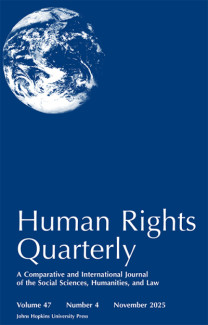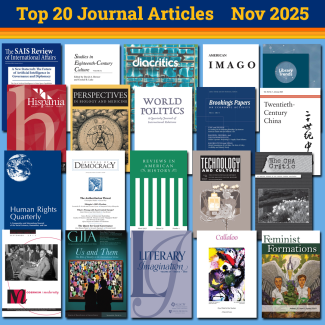
Johns Hopkins UniversityEst. 1876
America’s First Research University
Diagnosing Mary Lincoln

Mary Lincoln has been a mystery for more than 150 years. Irritable as the wife of Abraham Lincoln in Illinois, erratic as First Lady, and frankly psychotic as a widow, she died at the young age of 63 after years of unusual physical symptoms and progressively increasing weakness.

Sotos' article "What an Affliction" pinpoints pernicious anemia as the root of Mary's poor health during most of her adult life, and as the cause of her death. Pernicious anemia a type of Vitamin B-12 deficiency.
"She was often accused of being a hypochondriac, but her many physical symptoms as well as her irritability, delusions and hallucinations, are all consistent with vitamin B12 deficiency," Sotos said. "Pernicious anemia most probably caused this deficiency, explaining her unusual conduct as First Lady and widow, and illuminating challenges faced by her husband."
Sotos had looked into the medical history of Mary Lincoln previously during research into the health of her husband, but moved on after that experience. When he came back a few years later, his research of more than 100 historical sources, including a 62-page compendium of her medical data, was the foundation that led to his diagnosis.
Given the many stories of how Mary Lincoln's mental state affected her husband's public life, Sotos said clearly defining her diagnosis can have a wide-ranging effect on her reputation and understanding of her role.
"Mary Lincoln has been studied a great deal as the wife of one of history's most consequential figures," Sotos said. "This diagnosis will change scholarship about her by providing a new view of primary influences on her actions."


